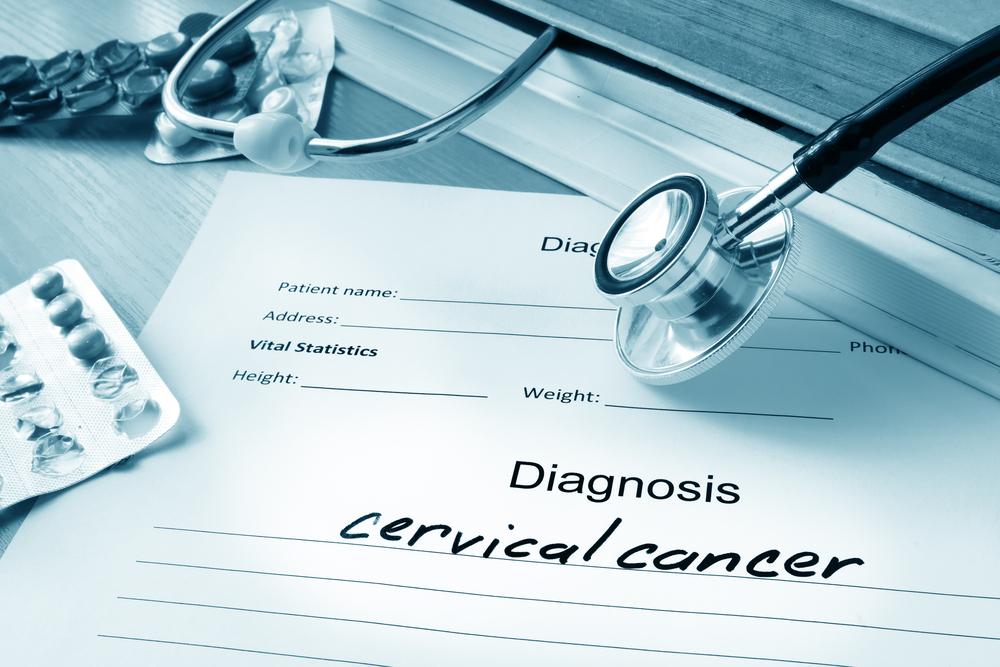Everything you need to know about the diagnosis and staging of cervical cancer
It is estimated that nearly 13,000 women in the U.S. are affected by cervical cancer every year. These statistics might seem alarming; however, it has been observed that the mortality rate for cervical cancer has been on a decline over the years. This is mostly because cervical cancer is completely curable, especially when the diagnosing and staging of cervical cancer is done. Cervical cancer affects the cells of the cervix; the cervix is the lower part of the uterus and connects to the vagina. Cervical cancer is caused by strains of human papillomavirus (HPV), which is a sexually transmitted infection.

Usually, the immune system fights back against HPV. However, in some instances, the virus lies dormant in the body for a long time. This causes some cervical cells to become cancerous and leads to cervical cancer. Often, environmental and lifestyle factors act as triggers for cervical cancer. For timely diagnosing and staging of cervical cancer, it is essential to undergo regular screening tests and receive vaccination against HPV.
Diagnosing of cervical cancer
For early diagnosing and staging of cervical cancer, periodic screening tests should be done from the age of 21 years. Screening tests include Pap test and HPV DNA test.
Punch biopsy or endocervical curettage is used to collect a small sample of cervical tissues. If these seem difficult for the patient, tissue samples are obtained using electrical wire loop method or using cone biopsy. These two tests are done under local and general anesthesia respectively.
Staging of cervical cancer
Once a diagnosis is made, the patient has to go through various test to determine the stage of cervical cancer. Staging plays a crucial role in the treatment plan for cervical cancer. Staging examinations include imaging tests and visual examination of the rectal region and the bladder. Imaging tests include MRI scans, PET scans, CT scans, and X-rays. These help in checking whether the cancer has spread to in other parts of the body. For visual examination, a doctor will use special scopes and instruments to check for the presence of cancer in the rectum and bladder.
Using the above tests, a doctor will determine the stage of cervical cancer. Depending on the stage, effective treatment plans will be devised. Following are the stages of cervical cancer:
- Stage 1 : In this stage, the cancer cells are present only in the cervical region. Early detection at this stage has a high success rate of survival.
- Stage 2 : The cancer cells are present in the cervix and have spread to the upper portion of the vaginal area.
- Stage 3 : In this stage, cervical cancer cells have spread from the cervical area and can be seen in the upper and lower parts of the vagina and also in the pelvic internal side walls.
- Stage 4 : This is the last and critical stage of cervical cancer. The cancer cells have spread to the rectum or the bladder. In some cases, the cancerous cells can be seen in the bones, lungs, and the liver.

